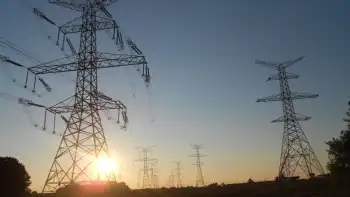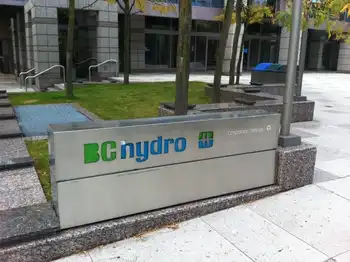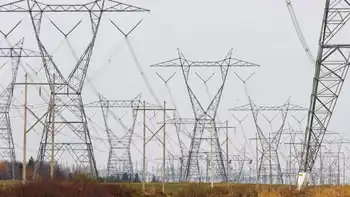Study shows biggest polluters east of Mississippi
By Reuters
NFPA 70e Training - Arc Flash
Our customized live online or in‑person group training can be delivered to your staff at your location.

- Live Online
- 6 hours Instructor-led
- Group Training Available
"A north-south divide is also apparent," as seven of the highest emitters of greenhouse gases are located in the south, including two from each of three states, Tennessee, Ohio and Kentucky, according to the report by the Regional Plan Association, a New York-based think tank.
Honolulu was the greenest U.S. metro area, with a carbon footprint of only 1.356 metric tons per resident in 2005.
The analysis only counted greenhouse gases from buildings and transportation, excluding utilities, for example.
The second greenest on the list of the top 100 metropolitan areas was Los Angeles-Long Beach-Santa Ana, followed by Portland-Vancouver-Beaverton, Oregon-Washington.
Coming in fourth was New York-Northern New Jersey-Long Island, New York-New Jersey-Pennsylvania. Fifth-ranked was Boise City-Nampa, Idaho.
The worst polluter was the metropolitan area of Lexington-Fayette, Kentucky, which ranked last at 100. Indianapolis, Indiana, was 99th, Cincinnati-Middletown, Ohio-Kentucky-Indiana was 98th, and Toledo, Ohio was 97th.
Louisville, Kentucky-Indiana came in 96th, with Nashville-Davidson-Murfreesboro, Tennessee ranking 95th.
The West was the only part of the nation that cut its carbon footprint from 2000 to 2005, according to the report.
Transportation produces one-third of the nation's carbon footprint, churning out 534 million metric tons in 2005. Vehicles driven on highways put out 80 percent of this total.
Residences, which burn power for heating and cooling, running televisions and other appliances, put out about 39 percent of carbon emissions, the study said.
Metropolitan areas, where residents drive shorter distances and use less electricity in their homes, are greener. On average, an urban dweller's carbon footprint was 86 percent of what a suburban or rural resident burns, the report said.
The Northeast has a built-in disadvantage - colder weather coupled with fuel oil burners that tend to be more polluting than natural gas heaters used in other regions.
Slashing carbon footprints will require a multifaceted strategy, the study said, noting that fast-growing and decentralizing southern cities, such as Austin, Texas, Raleigh, North Carolina, and Nashville, Tennessee, have the fast-growing carbon footprints.
"Solutions must go beyond breakthroughs in technologies and fuels. Lifestyle and behavioral changes are needed to reduce the metropolitan carbon footprint further," the study added.











